Vesting Letter Template for Employee Stock Options
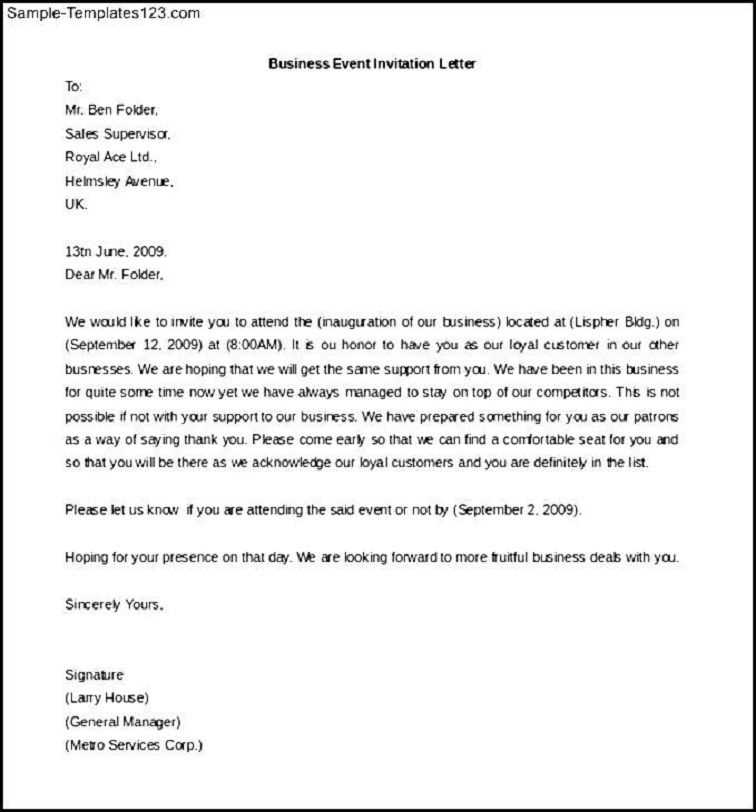
When an organization offers its employees the possibility to acquire company shares over time, it is crucial to formalize the terms of this arrangement. The document outlining the rights, conditions, and obligations related to equity distribution ensures clarity and transparency for all parties involved. This agreement plays a significant role in establishing expectations and protecting both the company and the employee.
Essential Components of an Equity Distribution Agreement
In order to create a comprehensive and clear agreement, several key elements must be included:
- Recipient Information: The name and position of the employee receiving stock.
- Grant Details: The number of shares or percentage of ownership granted, and the price (if applicable).
- Schedule of Acquisition: The timeline over which the employee earns the right to ownership.
- Conditions for Full Ownership: Specific milestones or performance metrics that must be met for the shares to become fully vested.
- Termination Clauses: What happens if the employee leaves the company before full acquisition.
How to Customize the Agreement
Each company may have different needs when it comes to equity distribution. Customizing this document ensures it aligns with your company’s culture and legal requirements. Be sure to adjust the conditions, timelines, and performance requirements to fit your specific business goals and the role of the employee.
Understanding Vesting Schedules
The schedule outlines when and how the employee earns ownership over time. There are several common approaches to this, such as:
- Cliff Vesting: The employee gains full ownership after a set period of time.
- Graded Vesting: The employee earns ownership incrementally over a period of years.
Each method has its advantages and should be chosen based on the company’s goals for employee retention and incentive alignment.
Legal Considerations
It’s important to ensure that the document complies with relevant laws and regulations. Consulting a legal professional is recommended to avoid potential issues. The agreement must also be clear and precise to prevent any misunderstandings or disputes down the road.
Common Pitfalls to Avoid
- Ambiguous Terms: Be sure that all terms and conditions are clearly defined.
- Unrealistic Expectations: Set reasonable and achievable goals for employees to reach full ownership.
- Failure to Update: Regularly review and update the agreement to reflect any changes in company policy or law.
Understanding the Role of Equity Distribution Contracts
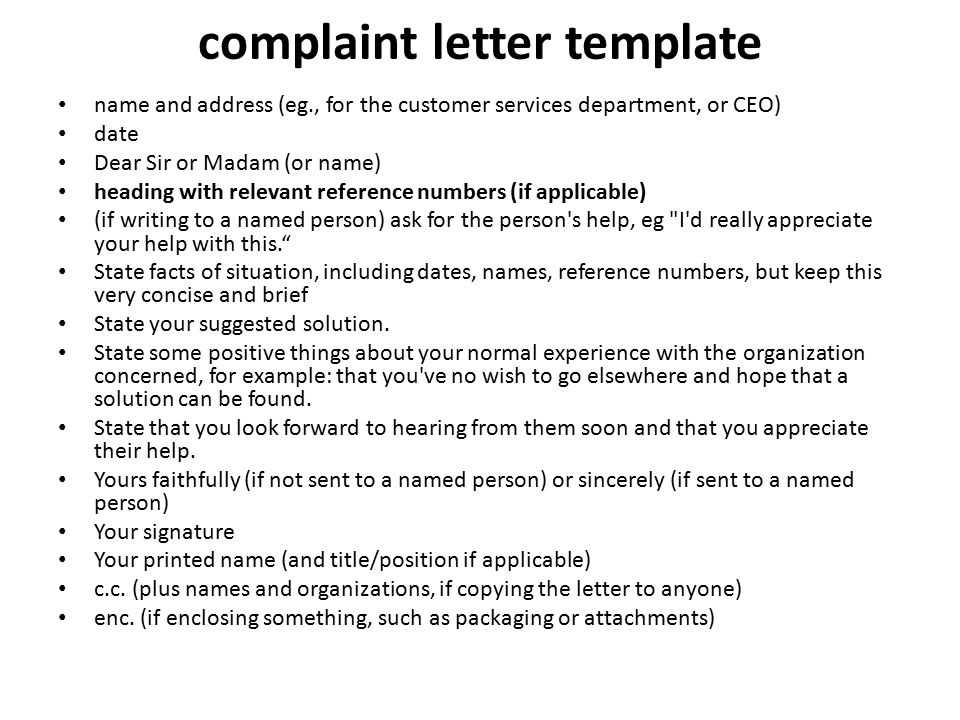
When a company offers its employees an opportunity to share in its success, it is crucial to formalize the terms of how and when ownership will be granted. These agreements provide structure to the compensation package and define the conditions under which employees will earn their equity. Properly crafted documents ensure both clarity and fairness for all involved parties, aligning their interests with the company’s long-term goals.
Key Information to Include in the Agreement
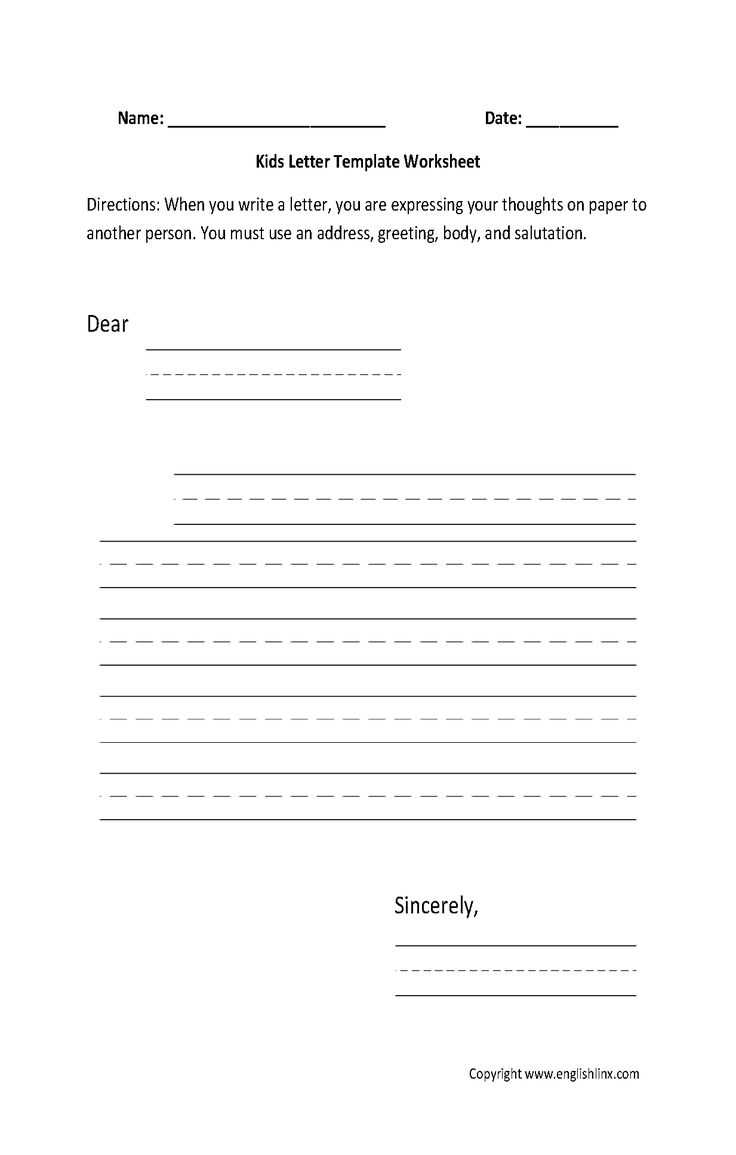
The agreement must clearly outline several critical details. Among these are:
- Employee Information: Name, role, and other personal identifiers of the employee receiving equity.
- Grant Details: The number of shares or units provided, along with their current value or purchase price.
- Acquisition Schedule: Specific dates or milestones marking when the employee will gain full rights to the stock.
- Performance Requirements: Conditions such as job performance or tenure that must be met for the employee to earn ownership.
- Exit Terms: What happens to the granted equity if the employee leaves the company before the full rights are earned.
Customizing the Agreement for Specific Needs
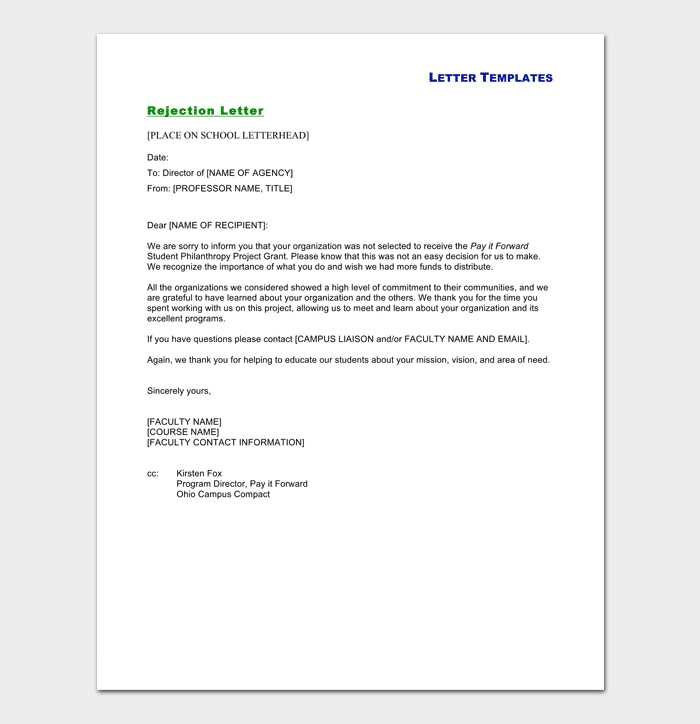
Every organization has unique goals and cultures. Customizing the agreement ensures that the terms align with company objectives while motivating employees. This could involve adjusting the schedule, adding performance metrics, or tailoring exit clauses. Understanding how these elements fit within the broader business strategy is crucial for crafting an agreement that is both fair and effective.
Moreover, templates should not be used in a one-size-fits-all approach. Adapting them for the specific case of each employee allows the company to maintain flexibility and responsiveness to individual circumstances, which enhances both the employee’s experience and the organization’s success.
The Importance of Timelines and Schedules
Timelines determine how quickly employees can gain full ownership of their shares or units. The timing of these milestones is crucial in motivating employees to remain with the company for the long term. It also helps the company ensure that employees who have met certain goals or stayed for a set period are rewarded appropriately.
The most common approach to defining timelines is through an acquisition schedule, which can either be a cliff model (where full ownership is granted after a set period) or a graded model (where ownership is distributed over time). Both methods offer different incentives, and choosing the right approach can have a significant impact on employee retention and satisfaction.
Legal Considerations
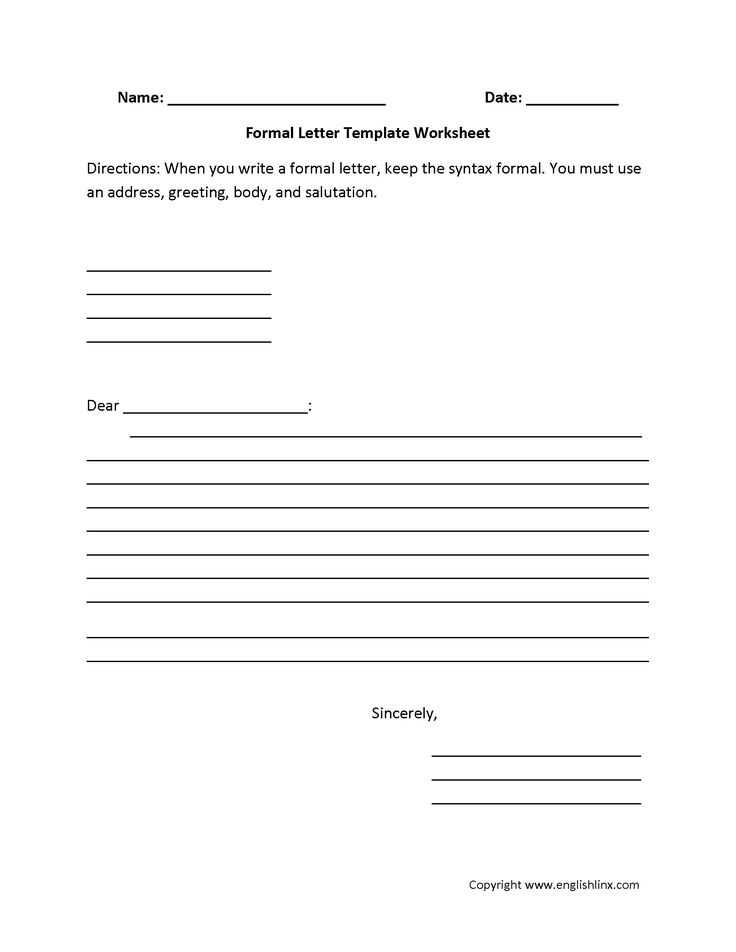
When creating such agreements, it is essential to ensure compliance with both local and international laws. Legal requirements regarding tax implications, employee rights, and business regulations must be considered to avoid future complications. Consulting with legal professionals helps ensure that the document is clear, enforceable, and aligned with legal frameworks.
Moreover, keeping the language simple and precise can reduce misunderstandings and disputes, making the contract easier to manage and implement. The clearer the terms, the easier it is to maintain a positive and productive relationship between employer and employee.